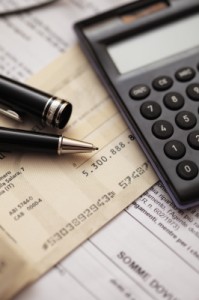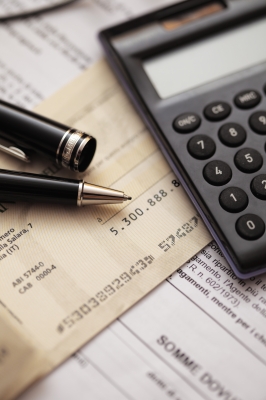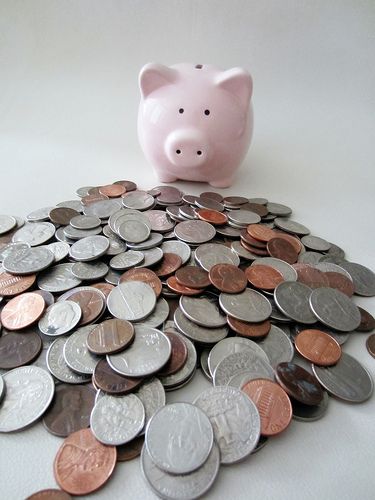Federal regulations have recently put limitations on the fees that banks are authorized to charge their customers. For instance, fees for overdraft services are regulated by the government and prohibit banks from charging consumers excessive fees for accounts that become overdrawn. In addition, banks may be required to reduce the fees that are charged to retailers and other services that allow consumers to use their debit cards to pay for merchandise and services. Due to these regulations, banks may experience a substantial financial loss that may lead them looking for new opportunities to offset these losses. Unfortunately, it may be the banking consumers who feel the most impact. So what is the best bank account for you?
Avoidable Costs of a Checking Account

Many banks charge consumers a specific amount each month to maintain a checking account; however, some of these banks offer a few different options to avoid a monthly maintenance fee. Checking fees may be waived for consumers who maintain an aggregated balance or those who receive monthly direct deposits into their account. Other banks offer free checking to their consumers by requiring them to transfer a specific amount from their checking into their savings account monthly.
Not all banks offer options to waive the checking fee. Some banks charge a minimum amount each month no matter how much the balance of the account is or if the consumer uses direct deposit. Some consumers are willing to pay these monthly fees for the convenience as they may find it to be a helpful alternative to carrying cash. It is up to you which is the best bank account for your circumstances.
The Negative Impact on Consumers
Banks are finding new ways to regain their revenue since the government began placing limitations on the amount of fees that may be charged. For instance, some banks have implemented a way to replace the fees that can no longer be charged to businesses for the usage of debit cards by charging the consumer a fee each month for using their debit card. In addition, the fees to use a bank’s ATM have increased. Some banks have already begun raising the fee for non-customers who withdraw funds from the bank’s ATM. Many consumers strictly use their own financial institution’s ATM to avoid the steep prices for withdrawing money at another ATM .
The change in overdraft fees can prove to be costly for many consumers. Due to the inability to charge fees for overdrafts on debit cards and ATM withdrawals, consumers may be asked in writing to participate in an overdraft protection policy provided by the bank. If there is not enough money in the checking account to cover the purchase, the bank has the option of paying it and charging the consumer for the overdraft. Some banks will withdraw the funds from the consumer’s savings account and will charge for the transfer. The use of the overdraft protection plan may end up costing the consumer more in the long run.
Alternatives to Costly Fees
Carrying cash is hardly desirable for many people in this day and age. Many people also like the convenience of shopping online so having a credit or debit card is imperative to pay for purchases. Some consumers have turned to using prepaid cards for the convenience of a debit card without any unexpected fees. Another convenient way to avoid unnecessary fees that may be imposed by a national bank is to look into credit unions and smaller banking institutions. They may be more likely to offer free checking with no strings attached.
See Also
- Banking on Your Family Finances
- Choosing the Best Bank
- Top 5 Personal Money Management Software Programs
- High Performance Savings Accounts
- Choosing The Best Bank
Bank Account Resources from Amazon
- One Year to an Organized Financial Life: From Your Bills to Your Bank Account, Your Home to Your Retirement, the Week-by-Week Guide to Achieving Financial Peace of Mind
- Unsettled Account: The Evolution of Banking in the Industrialized World since 1800 (Princeton Economic History of the Western World)
- Girl, Get Your Money Straight: A Sister’s Guide to Healing Your Bank Account and Funding Your Dreams in 7 Simple Steps
- First Bank Account and First Investments Smarts (Get Smart with Your Money)
Image courtesy of Pixomar / FreeDigitalPhotos.net



